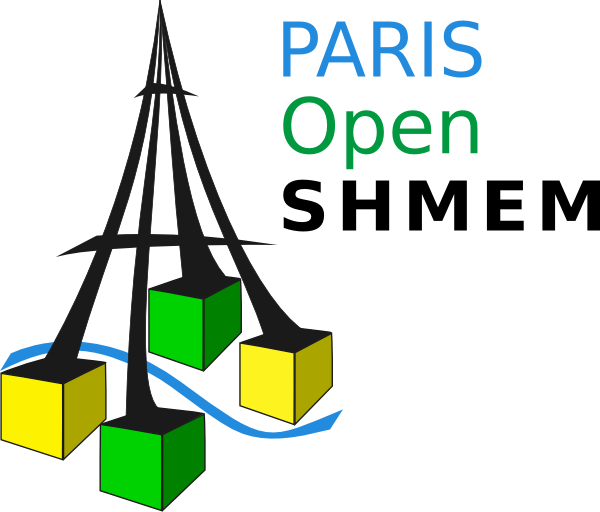I am currently a professor cat 2 (~associate professor) at École de Technologie Supérieure, an engineering university of the Université du Québec system.
My academic genealogy, obtained for the Math Genealogy project using Mathematics Genealogy Grapher. My Erdos number is 4, through multiple paths: Erdos -- Alon -- Tixeuil -- Peyronnet -- me, or Erdos -- Graham -- Rosenberg -- Cappello -- me, or Erdos -- Hell -- Bampis -- Finta -- me, or Erdos -- Janson -- Lavault -- Butelle -- me.
My ha-index is 77, which is considered as "needs to be improved", but I don't think I can improve it anymore.
Sunset in Ajaccio, les Iles Sanguinaires, 2012 - Les Iles Sanguinaires, Ajaccio, 2003 - Calanches de Piana, 2012
QCG-OMPI has been released! More information in the
QCG-OMPI section.
download
QCG-OMPI (approx. 11 MB).
I am an active member of the International
Working Group on Cloud Computing Resiliency (IWGCR). The
International Working Group on Cloud Computing Resiliency (IWGCR) is a
working group with a mission to monitor and analyze Cloud Computing
resiliency. The working group is composed of I.T. Executives, academic
researchers and industry representatives.
In March 2012 the IWGCR released a report presenting the downtime
statistics of current cloud solutions and rankings of the reliability
of the solutions that are currently available on the cloud
market. New reports were published in June 2013 and in March 2014.
- Downtime Statistics of Current Cloud Solutions (Update version - March
2014), Christophe Cerin, Camille Coti, Pierre Delort, Felipe Diaz, Maurice
Gagnaire, Marija Mijic, Quentin Gaumer, Nicolas Guillaume, Jonathan Le
Lous, Stephane Lubiarz, Jean-Luc Raffaelli, Kazuhiko Shiozaki, Herve
Schauer, Jean-Paul Smets, Laurent Seguin, Alexandrine Ville
[PDF]
- Downtime statistics of current cloud solutions (June 2013
Update), Christophe Cerin, Camille Coti, Pierre Delort, Felipe Diaz, Maurice
Gagnaire, Quentin Gaumer, Nicolas Guillaume, Jonathan Le
Lous, Stephane Lubiarz, Jean-Luc Raffaelli, Kazuhiko Shiozaki, Herve
Schauer, Jean-Paul Smets, Laurent Seguin, Alexandrine Ville
[PDF]
- Downtime statistics of current cloud solutions, Maurice Gagnaire, Felipe
Dia, Camille Coti, Christophe Cerin, Kazuhiko Shiozaki, Yingjie Xu, Pierre
Delort, Jean-Paul Smets, Jonathan Le Lous, Stephen Lubiarz, Pierrick Leclerc
[PDF]
I developped a program that computes a player's future ranking in
the French Tennis system.
The French tennis ranking system works with points: if you win agains
a player whose ranking is higher than yours, you get more points than
if your opponent has a lower ranking than yours. The tricky part is
that the ranking that is taken into account is not the one that your
opponent had the day you played against each other, which would be too
easy. It is the one you opponent will have for the next season. So you
need to know what your opponent's future ranking to make an estimation
of your future ranking.
In practice, the French Tennis Federation makes multiple computations
(30 to 35) until the computation stabilizes, with an algorithm that
fixes oscillations.
As a consequence, in order to have a precise idea of their
future ranking, players need to looks at their opponents'
palmares, then their opponents' opponents' palamres, etc,
recursively, until all the connected component of the graph has been
explored.
The program I have developped performs requests on the Web server of
the French Tennis Federation and makes a recursive exploration of the
matches that involved a player and their opponents, to make a
recursive estimation of his/her future ranking. The computation stops
at a given depth, which is chosen by the user of the program. The
deeper you go, the more precise and reliable the estimation will be.
This program is available (under CeCILL-C and LGPL licence) on
GitHub.



